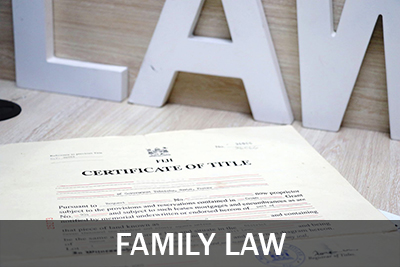About KS Law
The firm is managed by Kunal Singh who completed his Bachelor of Law Degree through the University of the South Pacific in year 2006 and in June 2007 he attained his certificate in Professional Diploma in Legal Practice. Later in August 2007 he was admitted to the Rolls of the Court in Fiji.

Contact Us
Unit 4 28 Disraeli Road,
Suva,
Fiji.
Telephone: Office Hours: (679) 3478110
After Hours: (679) 9469111
Fax: (679) 3479017
Email: kslawfj@gmail.com





